If you visit Provesende, on the high plain a few kilometres north of Pinhão, you can’t fail to stop and admire a magnificent 17th century house on the northwestern edge of town surrounded by vineyards on two sides. Welcome to Morgadio da Calçada.
Manuel Villas Boas has two projects under the Morgadio da Calçada name – a wine making venture together with Dirk Niepoort and a hotel at this beautiful family property. Both are extraordinary.
Morgadio da Calçada Wines
In the late 1990’s Manuel and his maternal uncle Jerónimo Cunha Pimentel decided to begin making wine under their own label from the family vineyards in Provesende, rather than selling the grapes to Symington Family Estates (SFE) as they had done for years. Peter Symington, then winemaker, was sad to see the grapes go, but at that time SFE were not interested in the opportunity to make wines for another label, and Peter wished them well in their new venture.
Manuel then approached Dirk Niepoort – I asked why Dirk? “He’s the best – best winemaker, best character, best friend, fantastic!” Dirk’s first response was a cautious inquiry as to where exactly the vineyards were located. Manuel described the house in Provesende and the situation of the vineyards adjacent to the house on the edge of the village. Dirk asked, “That house with the vineyards all around it, like a garden?” Manuel confirmed that was the house, and Dirk responded enthusiastically, “Yes!!! I am in love with those vineyards!”
They made their first Port in 1998 (now available as a Colheita, which is wonderfully complex and subtle, a real joy) and experimented for a few years before launching the first table wines in 2004. As you would expect with Dirk Niepoort as winemaker, the range includes a few surprises. Currently, their Port range includes a Dry White Port, a Tawny Reserve Port, 1998 and 1999 Colheitas, a Ruby Reserve Port, Late Bottled Vintages from several years, and Vintages from 2007 and 2011.
In addition to the 1998 Colheita, I enjoyed the Dry White Port, which I thought had a much more complex and satisfying flavour profile than many others in this category. The grapes are subject to a longer maceration on the skins than is usual, and even foot treading in lagares which certainly is unusual for a white port. The Reserve Tawny was perfect one evening after dinner with Leite Creme, the acidity and freshness of the Tawny making a perfect contrast to the rich custard and playing delightfully with the cinnamon notes of this classic Portuguese dessert.
Their range of table wines include a White, Reserve White, Red, and Reserve Red. With meals I tried both the 2012 White and the 2009 Red. The hallmark of all the wines I tasted, both table and Port, is an elegance, freshness and acidity, beautifully balanced, which speak of the high altitude of the vineyards.
The red, a blend of Touriga Nacional, Touriga Franca and Tinta Roriz, particularly stood out as having a recognizably “Douro” flavour profile, but with a much lighter body, more elegance and suppleness in the mouth than the typical Douro reds from riverfront or Douro Superior locations at lower altitudes and higher temperatures. The tannins, flavours and acidity really were beautifully married and balanced.
The white is aged 9 months, 60% of the lot in wood and 40% in stainless steel which are then blended, resulting in a wine which shows both freshness and depth of flavour. Again, elegance is the primary impression on my palate, as well as complexity of mineral, citrus and summer orchard fruit notes. The blend is primarily Códega, Rabigato, Viosinho and Malvasia, as well as a component of wine made from the mixed vineyard of who knows what or how many varieties of white grapes.
Manuel spoke of two new wines coming this year, a Tawny Port and another surprise, to be announced this autumn. Watch the Morgadio da Calçada website and the Morgadio Wine Tourism Facebook page for news of their wine releases and more. Their website includes a full list of the Morgadio da Calçada wines with technical sheets, and the FTLOP Tasting Note Database has a few tasting notes from members.
The Vineyards
Surrounding the house in Provesende are 5 hectares of vineyards. The long narrow parcel extending from the side of the house out to the right in the photo below is mostly a 100 year old mixed variety planting, with the rest of the vineyard having been planted within the past 10 to 30 or more years in sections by variety, primarily red. This vineyard is naturally almost level, with just a slight rise along the northern side. A rarity in the Douro!
Just north of Provesende is another two hectare parcel of white grapes planted four years ago, which Manuel said will be fully harvested and vinified this year for the first time. Before planting, this area was uncultivated, and as the rabbits and other small animals have not yet quit the neighbourhood, the young vines are protected with those blue wraparound boxes.
All of the Morgadio da Calçada vineyards are at approximately 650 metres or more of altitude, hence the lovely acidity and freshness of all the wines. Here on the planalto (literally high plain – as you can see), while summer day time temperatures will get just as high as elsewhere – in the 30ºs C and more – the heat dissipates in the evening and nights are much cooler. This tempers the maturation of the grapes and Manuel said they are always among the last to harvest, in late September or even October.
The heavy rain this winter has caused no trouble for them as far as erosion, even in the white vineyards, but it did delay the annual pruning of the vines until early March, versus the usual January and February. This week they will be planting Americanos – the American rootstocks – to replace any missing vines, and early next year they will cut down the Americano stem and make field grafts using scions taken from adjacent vines.
With all the rain, the grass and undergrowth in the vineyards near the house have gone a bit mad. The viticultural regime is one of minimum chemical intervention, and they recently have applied something that will dry out the herbage under the vines. Early in May, they will cut the grass between the lines of vines and manually rake out and remove all of the dried grass to leave the area under the vines open, as good ventilation is key to the health of the vines and quality of the grapes.
So far, the viticultural year is off to a good start and a normal pace of development, neither unusually precocious nor delayed as a result of the weather. The vines were all showing tufts of fresh green leaves and you could see the tiny cachos, the clusters of buds, forming.
Morgadio da Calçada Hotel
While the wine project has just celebrated its tenth anniversary, the hotel is just beginning its second full season of operation.
The building is a classic solar – a word which is hard to translate, “mansion” doesn’t begin to convey quite the same thing. As Manuel explained it, in Portugal, royalty lived in palaces but the next level of aristocracy, the oldest, most wealthy and powerful families built and lived in solares. Manuel’s mother is of the Cunha Pimentel family, who have been in the Douro and north of Portugual since the early 16th century, and the solar at Provesende was built by Jerónimo da Cunha Pimentel late in the 17th century. The head of the family, the morgado, was like a Scottish clan chieftan, responsible for the well-being of the entire extended family and all those who worked for the family, and he represented and defended the family’s interests politically and across the region. Manuel’s uncle and partner in the wine and hotel projects is also Jerónimo Cunha Pimentel, the 16th generation morgado of the family, and Manuel represents the 17th generation.
Now, this historic family home has been opened and outbuildings renovated to provide 8 rooms for guests. One building, too damaged to restore for accomodation, has instead become an open air enclosure for the pool, and in an angle between this and the vineyards chairs and tables have been set out beneath trees providing an ideal space to relax with a drink and a book. Guests also have the use of a sitting room with small dining area at one end of the main house, in what used to be the farm workers’ kitchen. The guest rooms are modern and minimalist in décor but very comfortable, with temperature control, TV, and everything for making a cup of tea in your room.
Manuel is at the house as much as possible to welcome his guests and ensure they are well cared for. If there are just a few guests then he will often cook dinner himself, as I can attest. He kindly gave me a lift up to the Douro from Porto, and we stopped at the butcher’s in another village en route to pick up the meat for our dinner, and I watched and chatted with him as he prepared vegetable soup from scratch and the beef pot-roasted with plenty of onions, carrots and white wine broth. It was excellent. He is ably supported by Anita, the general manager, and Patricia who take over the cooking for larger groups, as when they entertain up to 40 people for meals or other special events at the house
After a 15 year career in advertising, Manuel decided to launch these projects, and I have to say, he is the ideal host. His knowledge and love for the region is extensive and passionate, and he thoroughly enjoys meeting all the people who come to the house and helping them plan their visit to the region. Also visiting at the same time as me were a mother-daughter-grandaughter trio from England. He was genuinely interested in each of us and in our interests, and suggested an itinerary for the family which included not only some of the most remarkable buildings in the region, both historic and modern (the daughter is an architectural historian) but an opportunity for the grandaughter to go horseback riding nearby. With me, he explained the history of his family and the region generally, as well as answering all my questions about the winemaking and eno-tourism projects, and taking me on a tour of his vineyards via quad bike, included a nearly vertical run up a nearby mountain to get the view of Provesende and the surrounding area.
When we assembled for breakfast, Manuel met us and announced we were going for a short walk first. He led us out the front door and into the centre of Provesende to the bakery and then past the front counter and into the back room, to watch the baker at work and see our bread come out of the traditional woodfired oven. Back at the house, our typical Portuguese breakfast buffet consisted of fresh bread, clearly, served with sliced ham, cheese, jams homemade at the house (a choice of cherry, plum or orange) and home made orange cake. There were coffee, water for tea and hot milk on a warming plate, fruit, cereal and yogurt were available, and a carafe of freshly made juice, a blend of orange, pineapple, carrot and more, which was really good.
I also enjoyed a light lunch with Manuel the day we arrived, of alheira and linguiça. Both of these sausages are made at the house, the alheira from a mixture of chicken, partridge and pheasant, and the linguiça from pork which is then soaked in a mixture of red wine and garlic for 10 days. When the sausages are made, they are hung up in the chimney to dry, and are smoked for 3 or 4 days, over a fire of wood from the vineyards – old uprooted vine stumps or the cut vines left from the annual pruning (there were bundles of these in the vineyard when I visited, neatly cut and tied).
The winemaking for Morgadio da Calçada is done at Dirk Niepoort’s Vale de Mendiz facility, and the old adega near the house in Provesende is being converted into a museum of the history of phylloxera, which should open later this year.
Unique Stays, one of their partners in the hotel booking and promotion, has created a lovely short video in which you can meet Manuel Villas Boas and his uncle Jerónimo Cunha Pimentel and see the accomodations, vineyard and a bit of Provesende. I certainly enjoyed my visit and the wines, and I hope you will too.

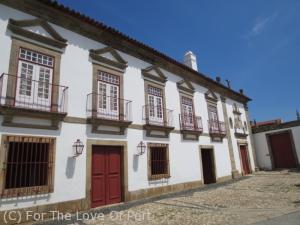
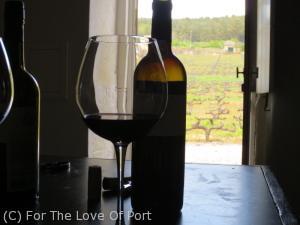
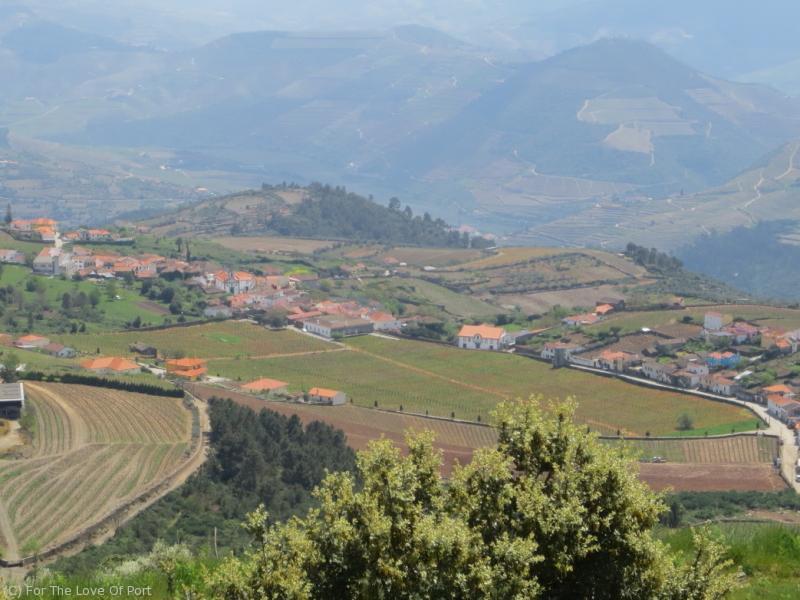
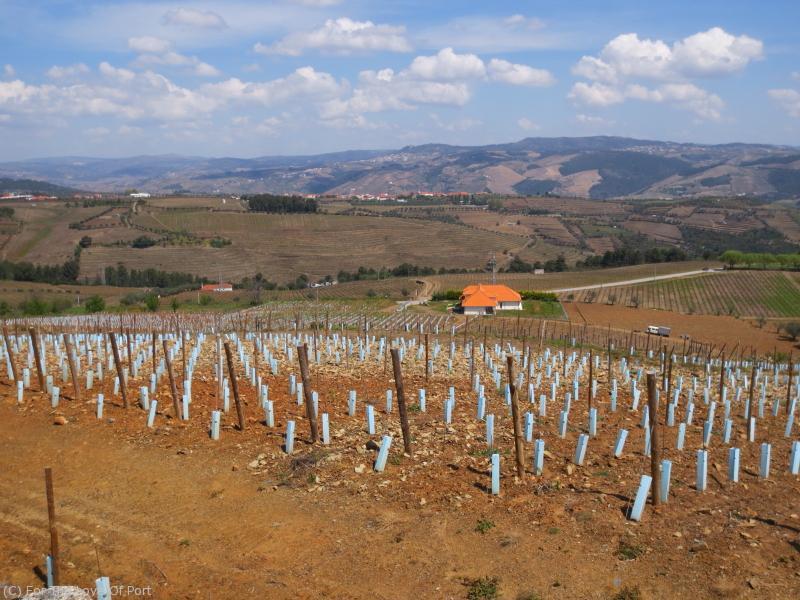
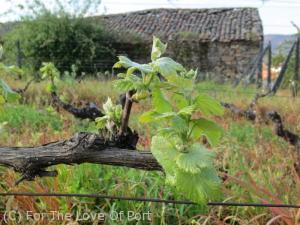
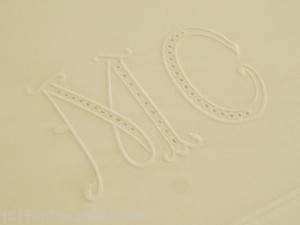
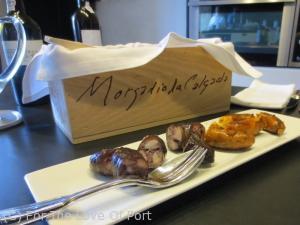

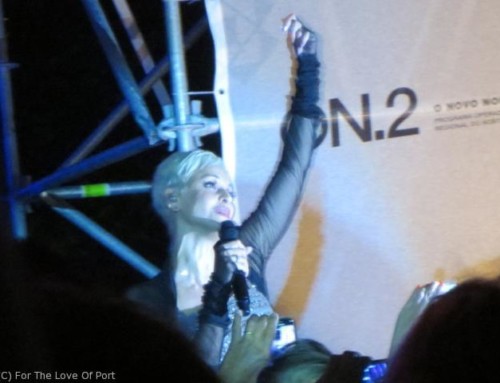
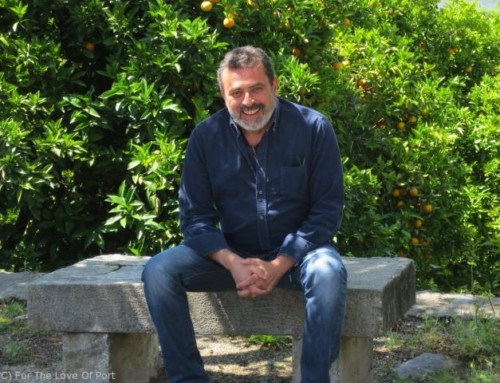
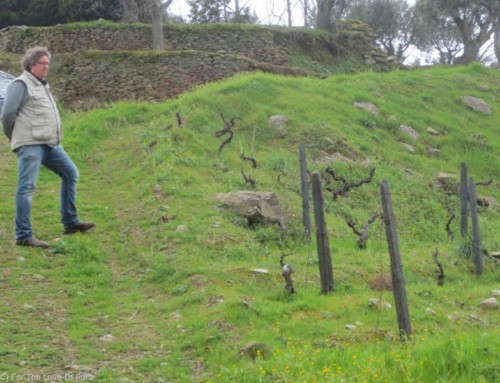
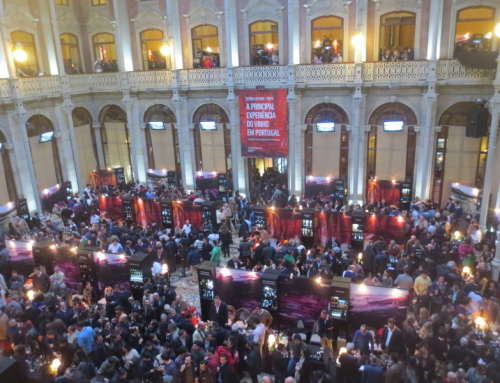
Leave A Comment
You must be logged in to post a comment.